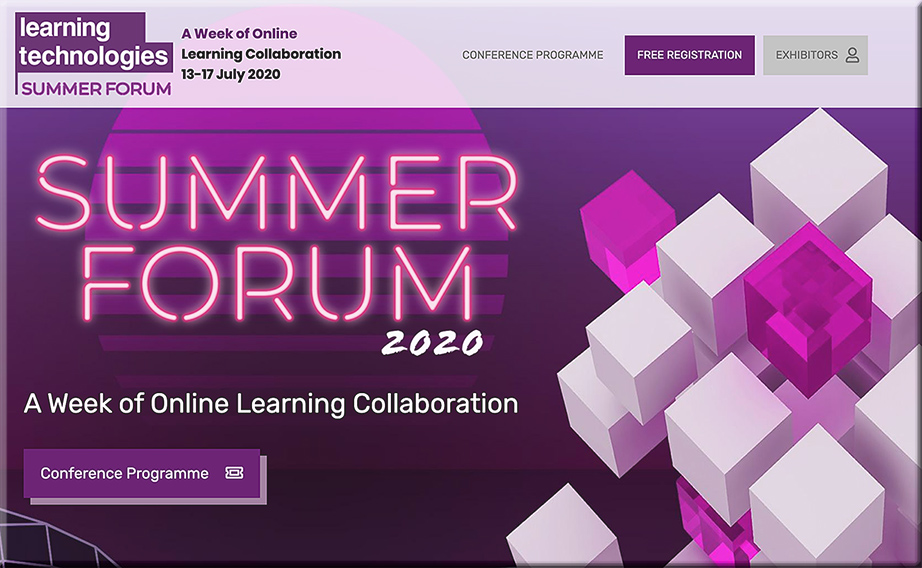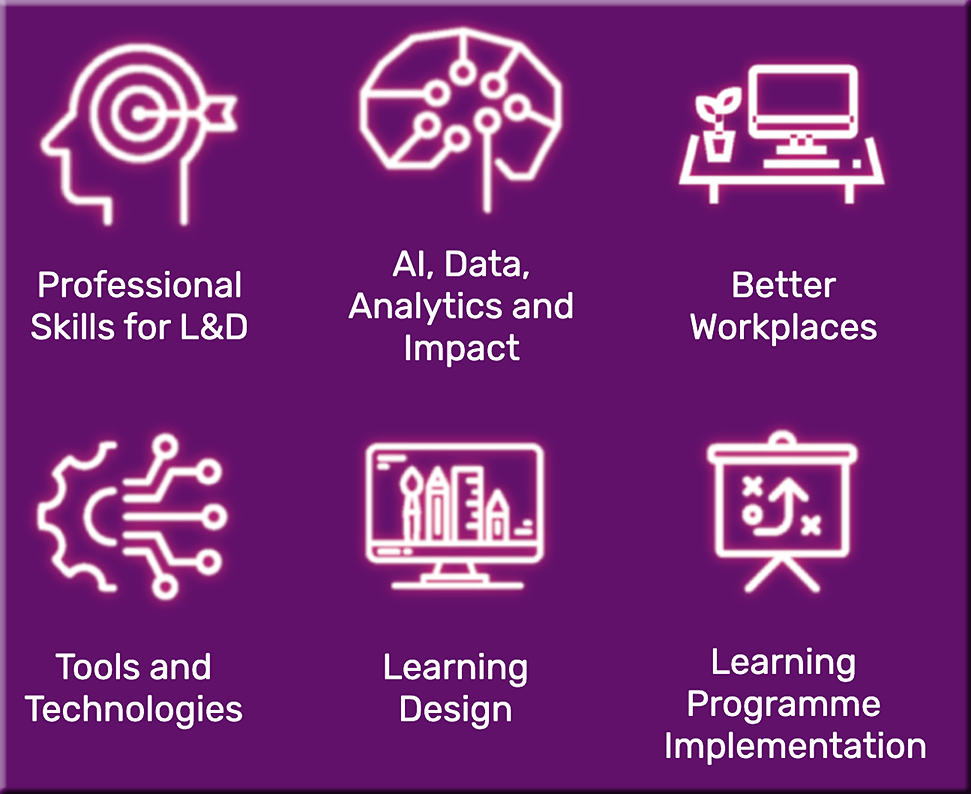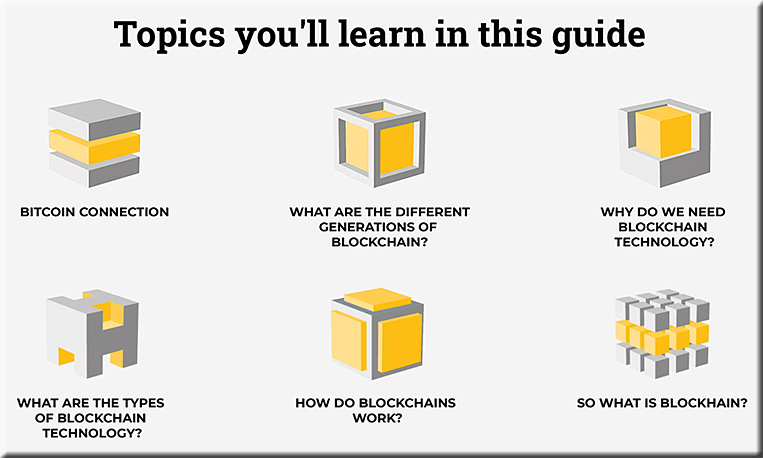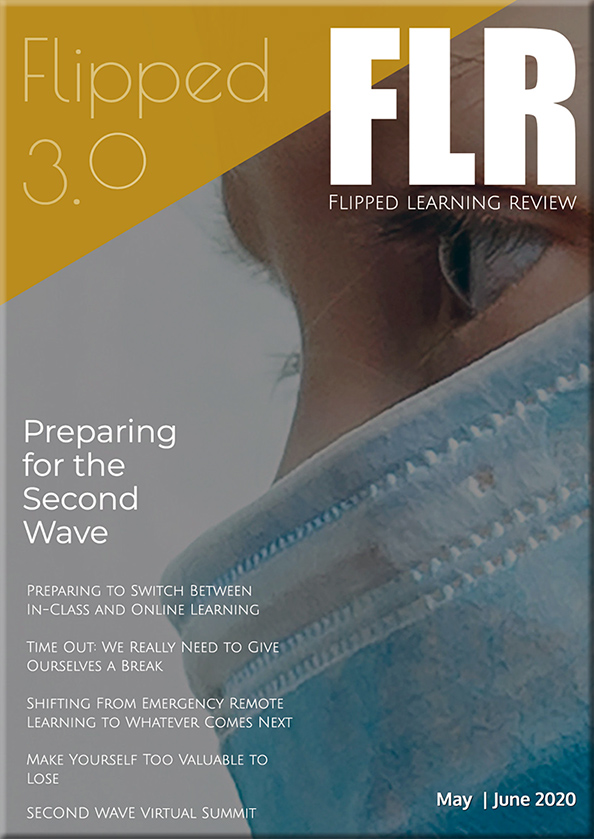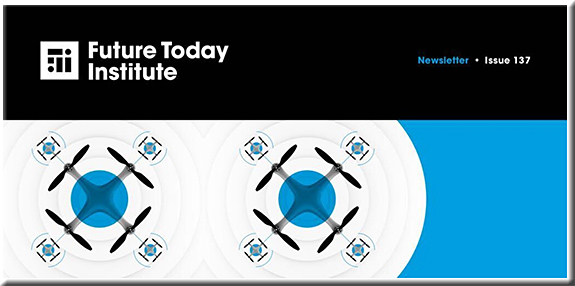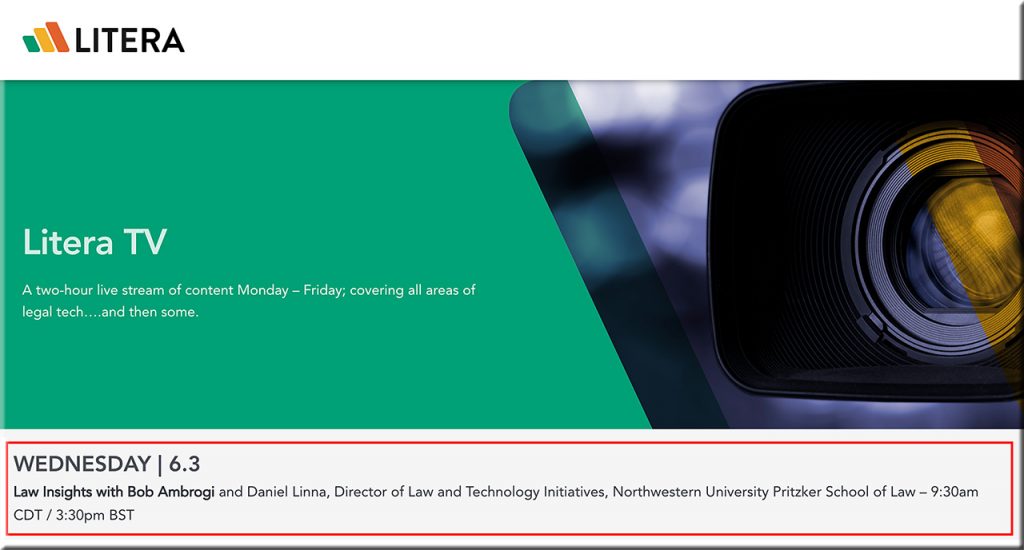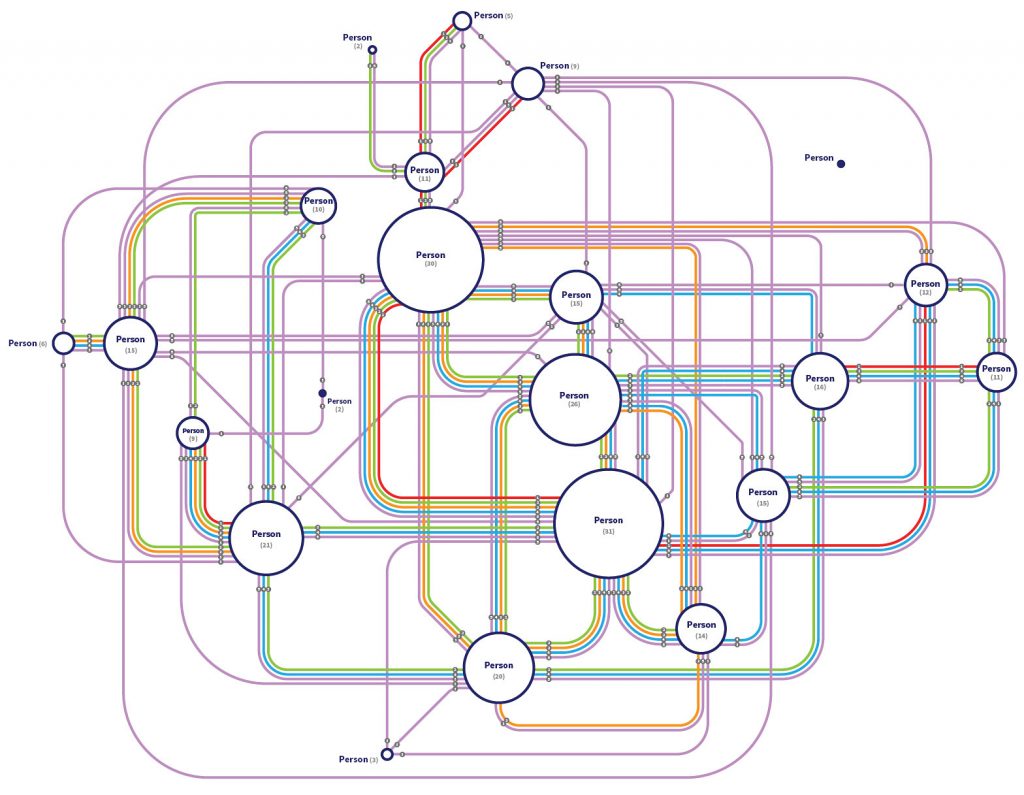From DSC:
For current and/or future data scientists out there.
Required Skills
The data analyst position at Amazon requires specialization in knowledge and experience. Therefore, Amazon only hires highly qualified candidates with at least 3 years of industry experience working with data analysis, data modelling, advanced business analytics, and other related fields.
Other basic qualifications include:
- Bachelor’s or Masters (PhD prefered) in Finance, Business, Economics, Engineering, math, statistics, computer science, Operation Research, or related fields.
- Experience with scripting, querying, and data warehouse tools, such as Linux, R, SAS, and/or SQL
- Extensive experience in programming languages like Python, R, or Java.
- Experience with querying relational databases (SQL) and hands-on experience with processing, optimization, and analysis of large data set.
- Proficiency with Microsoft Excel, Macros and Access.
- Experience in identifying metrics and KPIs, gathering data, experimentation, and presenting decks, dashboards, and scorecards.
- Experience with business intelligence and automated self-service reporting tools such as Tableau, Quicksight, Microsoft Power BI, or Cognos.
- Experience with AWS services such as RDS, SQS, or Lambda.










